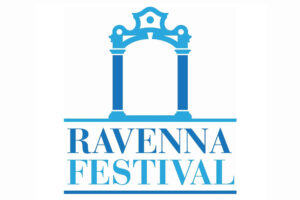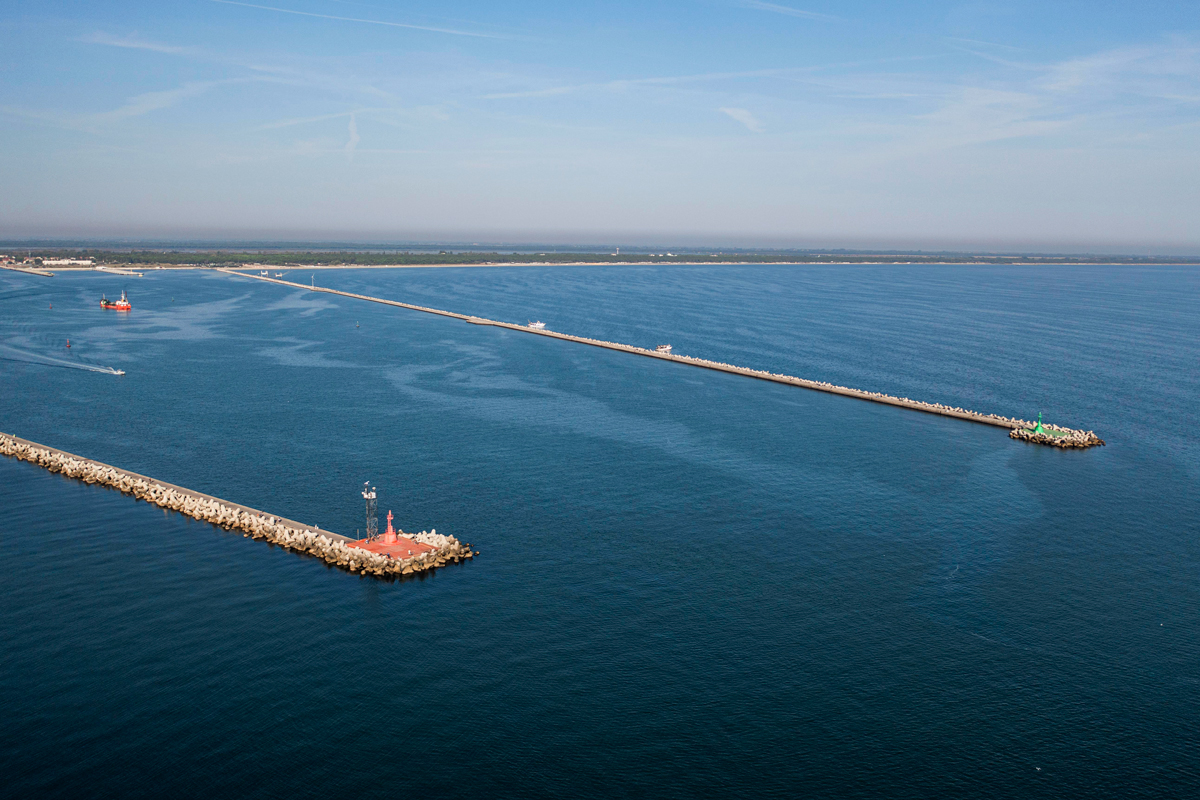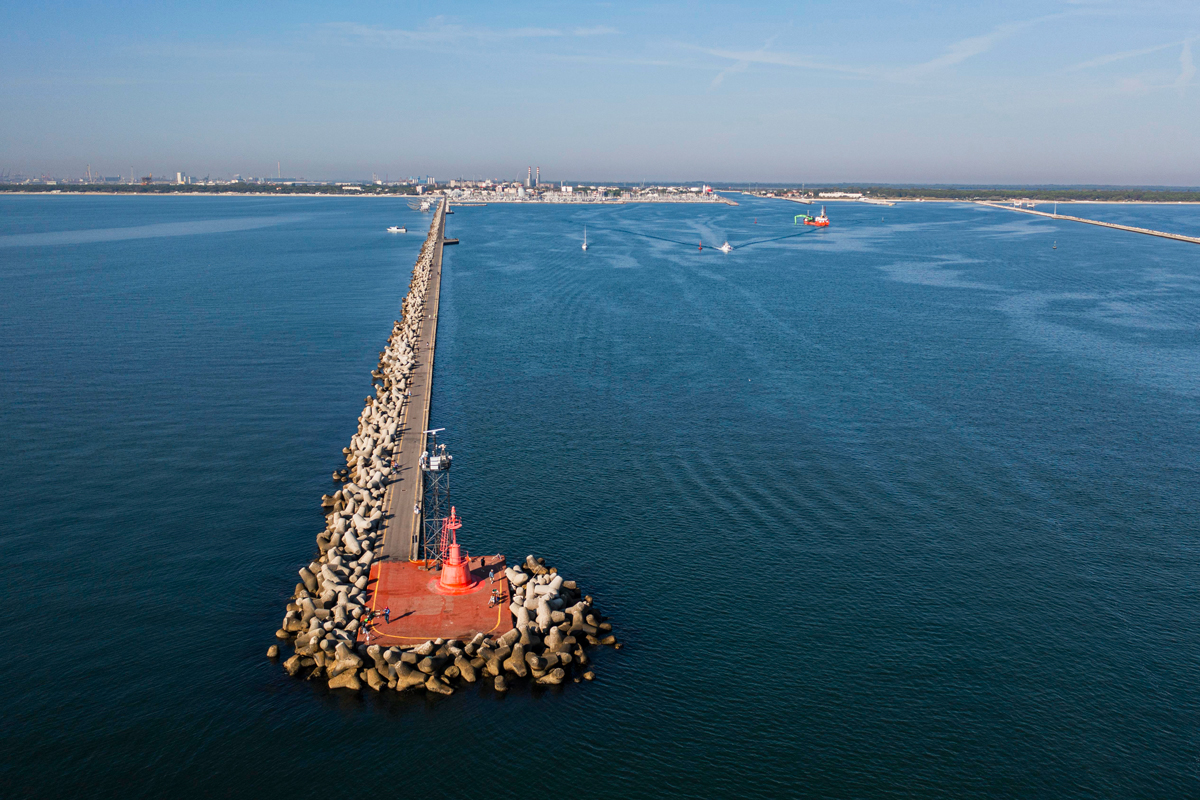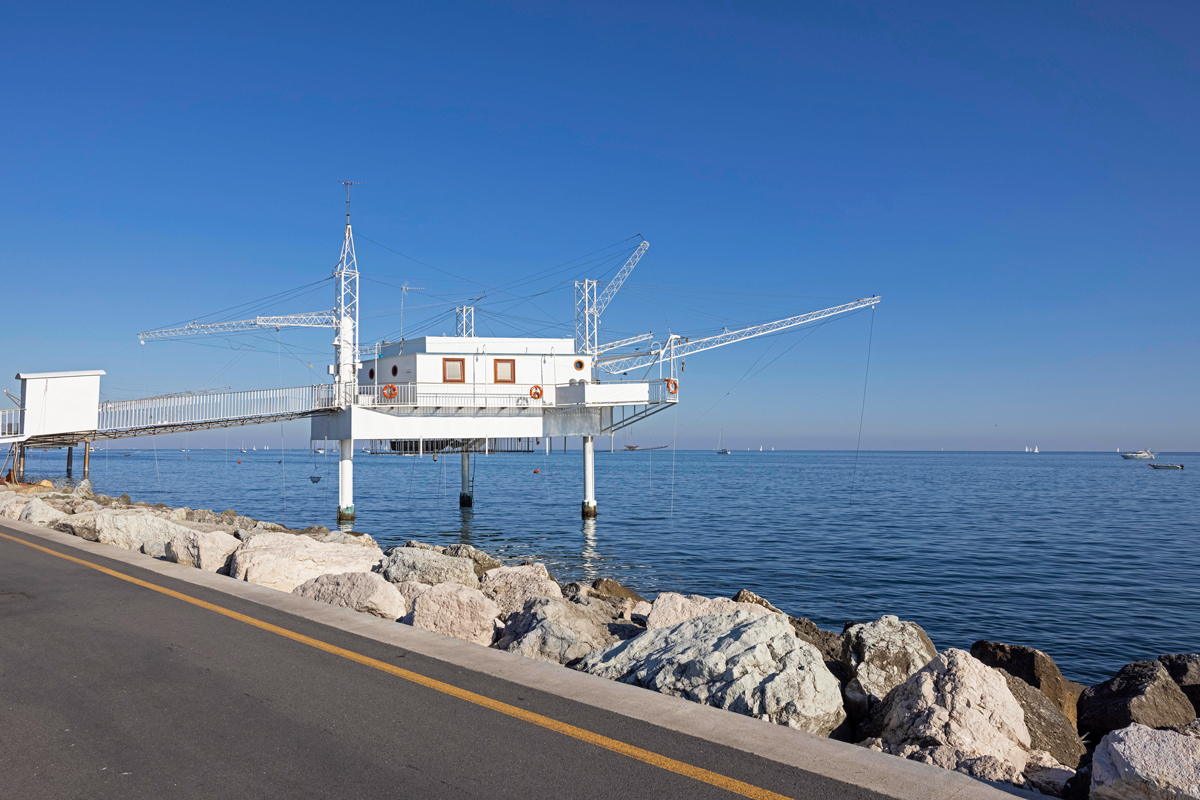The BREAKWATERS of Porto Corsini and Marina di Ravenna are two long docks extending into the Adriatic sea that protect the mouth of the Candiano canal from tides and sanding.
The Corsini canal in Ravenna, known as “Candiano“, was built in the mid-18th century to connect the city to the sea, which is about 8 km away. After various enlargements and changes, in the 20th century it became a commercial and industrial channel port, one of Italy’s and the Mediterranean’s most important ones.
THE CONSTRUCTION OF THE BREAKWATERS
After World War II, it was necessary to support the ambition to develop the port area of the whole city. This led to the construction of two great barriers that could protect the mouth of the canal from tides and sanding, following the example of other similar ports as the one of Ijmuiden in the Netherlands.
Thanks to the work of some local politicians, such as Benigno Zaccagnini, also ENI – then led by Enrico Mattei – chose Ravenna as the headquarters of its future chemical hub. The end of the ’50s marked the beginning of the works to enlarge the canale, excavate the seabed and especially to build the two long breakwaters.
The first stome was laid on 4th August 1958, in the presence of the then mayor Celso Cicognani, the project engineer Luigi Greco (also president of SAPIR, the company who had to superintend the development of the port), Benigno Zaccagnini and Luciano Cavalcoli, then president of the Chamber of Commerce.
The works took about three years, and led to the realisation of those that are still today Europe’s longest breakwaters.
The northern breakwater is located in the town of Porto Corsini, is 2250 metres long and is dedicated to Luciano Cavalcoli; the southern one is located in Marina di Ravenna, is 2450 metres long and is dedicated to Benigno Zaccagnini.
With their traditional “padelloni” – the typical fishing huts – the breakwaters have become a favourite destination for citizens and tourists alike, who go there all year round to enjoy stunning walks in the middle of the sea.









